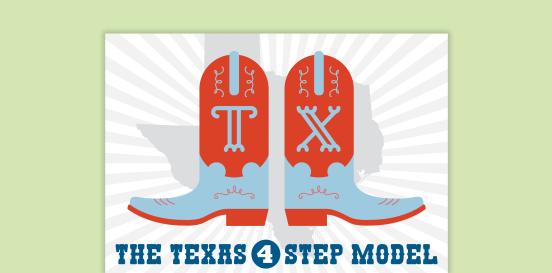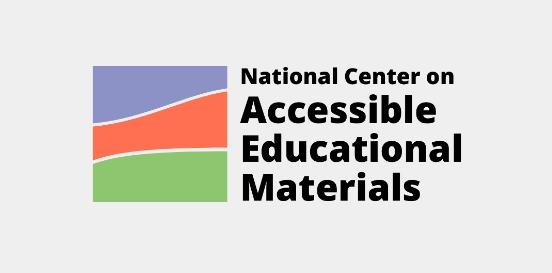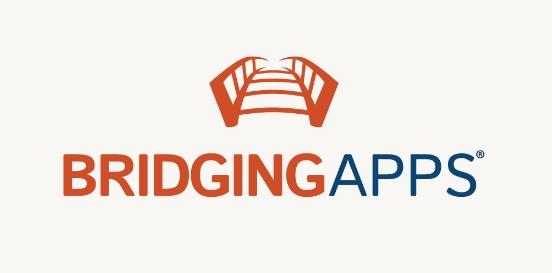Switch-activated Tools
Button or tool that can be used as an alternative way to activate a device. Adaptive switches are versatile instruments that serve to regulate various devices, spanning communication aids, computers, environmental controls, and mobile devices. Equipped with the appropriate switch, individuals can effortlessly engage with technology for communication, environmental management, and daily activities.
Considerations
Take the following considerations into account when selecting and implementing AT to ensure that the chosen tools are well-suited to the student’s needs, align with their goals, and seamlessly integrate into their educational journey. By embracing a collaborative approach and considering the specific skills, tasks, and implementation context, educators can provide students with the necessary support to thrive academically and functionally, promoting inclusivity and fostering their overall success.
Skills and Tasks What skills or tasks will the student utilize this tool for? What areas, functional or academic, does this tool support?
Experiencing art and drawing, painting, sketching, and creating art pieces
Implementation Context In what activities, classes, or environments will the student utilize this tool?
Switches allow individuals with significant cognitive disabilities and physical disabilities, who lack fine motor control, use devices or toys which may be battery operated through an alternative mode more independently. These tools typically involve a switch mechanism that users can activate through various means, such as pressing, squeezing, or using body movements. Once activated, the switch sends a signal to the device, triggering a specific action or function.
A few examples of switch-activated tools include, but are not limited to:
- Switch-adapted toys: Toys that have been modified to work with switches, allowing individuals with limited mobility to play and interact with them.
- Computer access devices: Switches can be used to control computers, tablets, or smartphones, enabling users to navigate menus, type, or access software programs.
- Environmental control devices: Switches can be connected to devices such as lights, fans, or appliances, allowing users to control their environment independently.
- Communication aids: Switch-activated communication devices enable individuals with speech impairments to express themselves by selecting pre-programmed messages or typing using switches.








